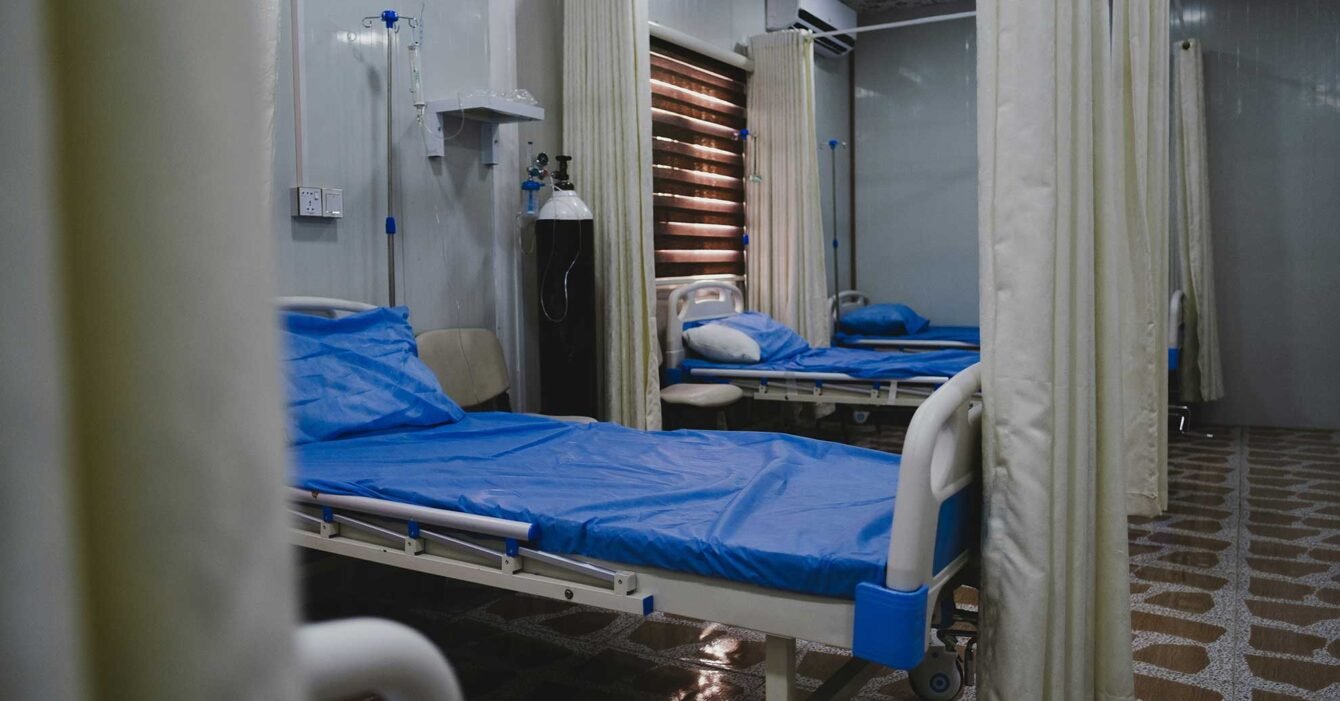In 2025, Syria’s healthcare sector is entering a critical period of reconstruction and redefinition. Years of conflict have left medical infrastructure fragmented, human resources overstretched, and public health outcomes under strain. However, across the country—particularly in relatively stable urban centers like Damascus, Homs, and Latakia—clear trends are emerging that point to a slow but determined rebuild of the nation’s healthcare system.
This article explores the top healthcare trends shaping Syria in 2025, highlighting key areas such as infrastructure renewal, the role of the private sector, mobile care innovations, and localized health solutions. These trends are especially relevant for NGOs, investors, healthcare startups, and public health strategists evaluating the next phase of engagement in Syria.
1. Infrastructure Renewal Through Incremental Investment
The foundational need for physical health infrastructure dominates the current healthcare agenda in Syria. Many hospitals, clinics, and rural health posts were damaged or destroyed during the conflict. What remains often lacks electricity, sanitation, or even consistent medical supply chains.
In 2025, two core approaches are shaping infrastructure rebuilding:
Phased Rehabilitation: Instead of full-scale hospital reconstruction, projects are focusing on restoring basic functions in key wings—maternity wards, emergency rooms, and primary care units—allowing facilities to reopen in stages.
Modular Construction: Prefabricated units and mobile clinic structures are deployed to restore access in high-need areas quickly and affordably. These solutions are particularly effective in underserved rural zones.
This trend is driven by budget realities and logistical challenges, but it enables steady progress. International organizations and UN agencies often co-fund these rehabilitation efforts in partnership with local health directorates.
2. Private Clinics Filling the Service Gap
As the public healthcare system struggles with funding shortages and staffing constraints, private clinics are becoming more prominent—especially in urban and peri-urban areas. A growing number of general practitioners, dentists, diagnostic labs, and specialty centers are offering basic services to middle-income families.
What’s driving this trend?
Trust in Accessibility: Private clinics often offer shorter wait times and more consistent service, which appeals to patients even when public options are free.
Focus on Core Services: Many private providers concentrate on diagnostics, maternal care, pediatrics, and internal medicine—areas with high demand.
Affordability through Tiered Pricing: Clinics are adopting pricing models tailored to different income groups, keeping essential care within reach for many Syrians.
This growth is also enabling job creation for medical professionals who were previously underemployed or working in low-capacity government facilities.
3. Telemedicine and Mobile Health Expanding Reach
One of the most promising healthcare trends in Syria is the rise of mobile and digital health solutions. As mobile phone penetration remains relatively high, especially among youth and urban residents, new services are emerging to deliver care more efficiently.
Key developments in 2025 include:
Telemedicine Platforms: Several Syrian tech startups have launched teleconsultation services, connecting doctors with patients via smartphone apps or WhatsApp. This is particularly valuable in areas where transportation to clinics is difficult.
Mobile Health Units: NGOs and local governments are deploying mobile health vans equipped for vaccinations, maternal checkups, and chronic disease monitoring in rural or post-conflict zones.
Digital Records: Pilot programs are introducing simple electronic patient record systems to reduce paperwork and improve data continuity.
While limited bandwidth and electricity interruptions remain challenges, these solutions are increasingly seen as critical for scaling basic healthcare access.
4. A Focus on Maternal and Child Health
Syria has a young population, and many regions have high birth rates but poor access to quality prenatal and pediatric care. In response, maternal and child health has become a central focus of public and private healthcare efforts.
Notable 2025 trends:
Midwife Training Programs: NGOs and international partners are training midwives in rural communities to assist with births and postnatal care.
Nutrition Monitoring: Health centers are tracking childhood malnutrition rates and providing food support where needed, especially in IDP (internally displaced person) communities.
School Health Campaigns: Partnerships between education departments and clinics are rolling out health checkups and awareness programs in primary schools.
These efforts not only support health outcomes but also build community trust in formal healthcare systems after years of fragmentation.
5. Localized Solutions to Public Health Challenges
One of Syria’s defining healthcare characteristics in 2025 is how local contexts shape responses. Public health strategies vary widely between governorates depending on infrastructure, governance, and population density.
Examples of localized trends include:
Damascus and Latakia: More urbanized regions are investing in specialty care—cardiology, oncology, and dialysis—through joint ventures with regional medical suppliers.
Hama and Aleppo: Reconstruction-led health efforts are prioritizing basic services like wound care, infectious disease screening, and mental health support.
Deir ez-Zor and Raqqa: In high-need zones, health actors focus on trauma response, mobile clinics, and health education to counter misinformation.
This decentralized approach allows for more agile responses that reflect population needs, rather than a one-size-fits-all national strategy.
6. Strengthening the Medical Workforce
Healthcare delivery in Syria remains heavily dependent on a limited pool of medical professionals. Many doctors and nurses fled during the war, while others shifted to humanitarian organizations. In 2025, the effort to rebuild human capital is taking priority.
Key developments:
Returnee Integration: Syrian doctors returning from abroad are being fast-tracked into licensing and placement systems.
Training Partnerships: Collaboration between NGOs and local universities is supporting the reskilling of general practitioners, surgeons, and emergency staff.
Community Health Workers: Programs are training laypeople in villages to perform health education, first aid, and referral services.
Addressing workforce shortages is essential to supporting the long-term functionality of the entire healthcare ecosystem.
7. The Outlook: Challenges and Signs of Progress
Despite positive trends, Syria’s healthcare system in 2025 still faces many constraints: unreliable power supply, inflation affecting medical imports, and the psychological burden of conflict. However, the resilience of local actors and innovative responses from the ground up are enabling real progress.
Stakeholders entering Syria’s healthcare sector should prepare for:
Long investment horizons: Infrastructure repair and systemic reform will require years, not months.
Community engagement: Working with local councils, health committees, and religious leaders improves uptake and trust.
Modular scalability: Solutions must be easily replicable across different provinces with varying risk levels.
Syria’s healthcare journey is far from over, but the trends shaping 2025 point to an ecosystem that is healing, innovating, and adapting—one clinic, one patient, and one solution at a time.


